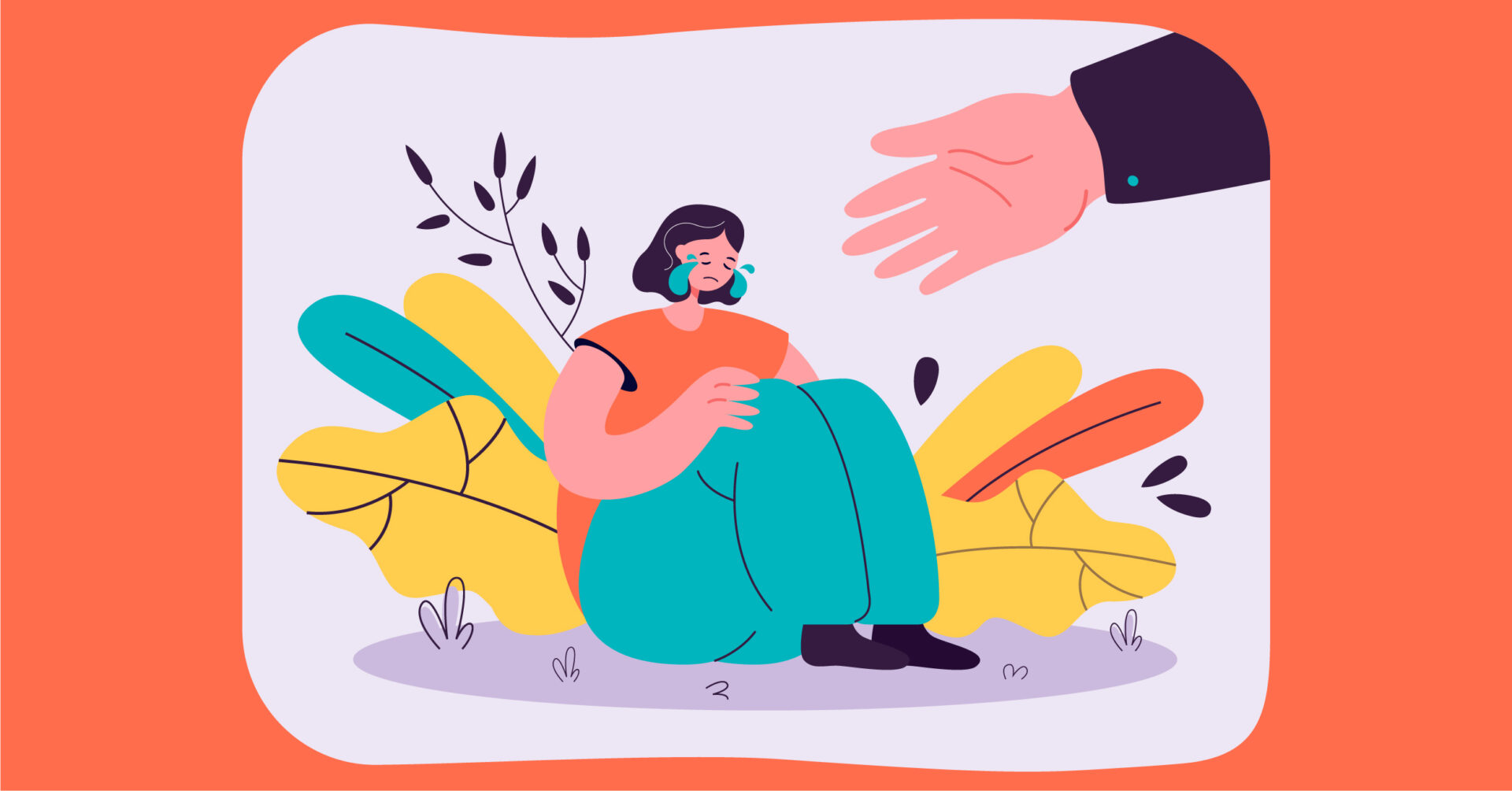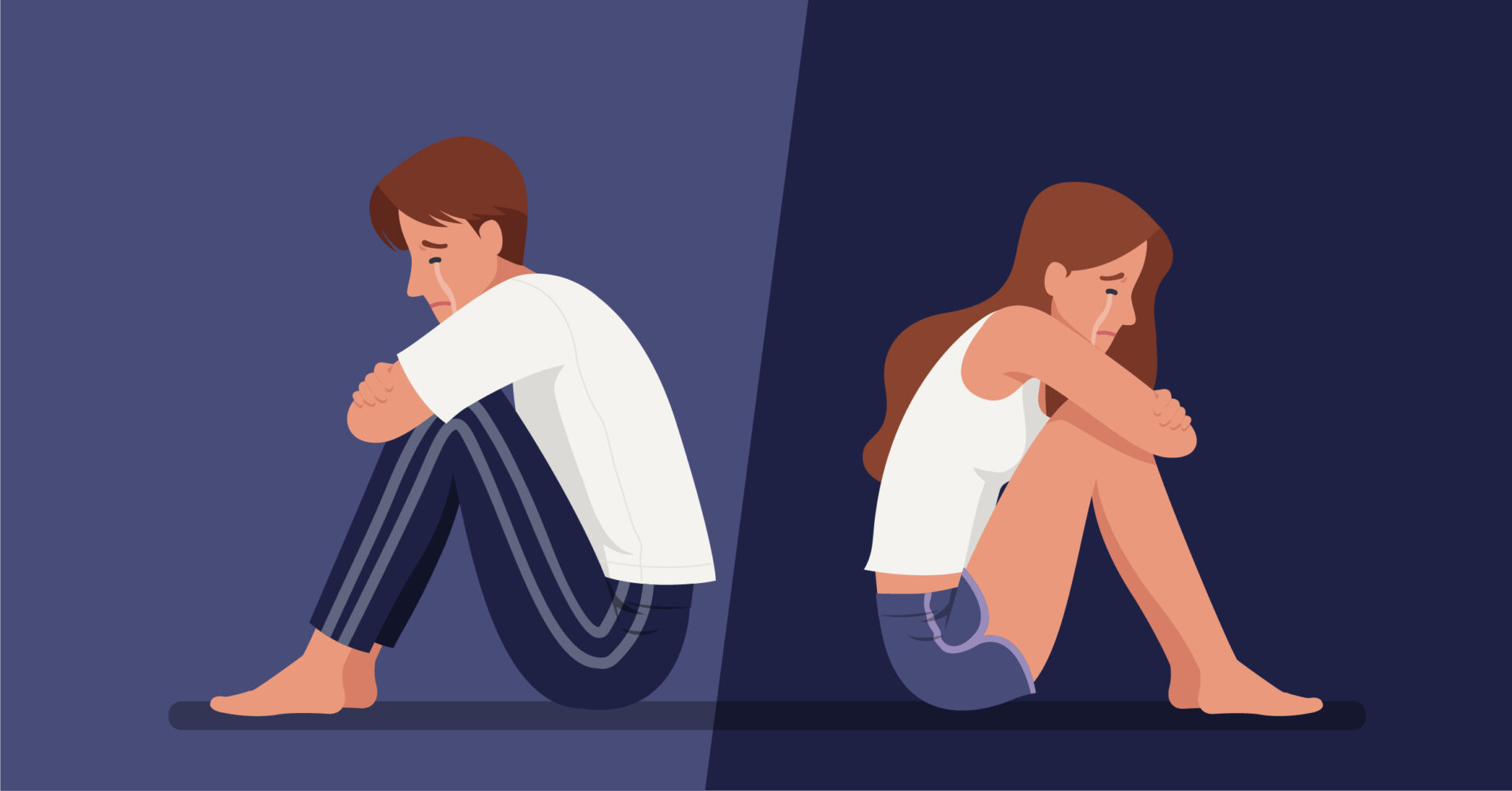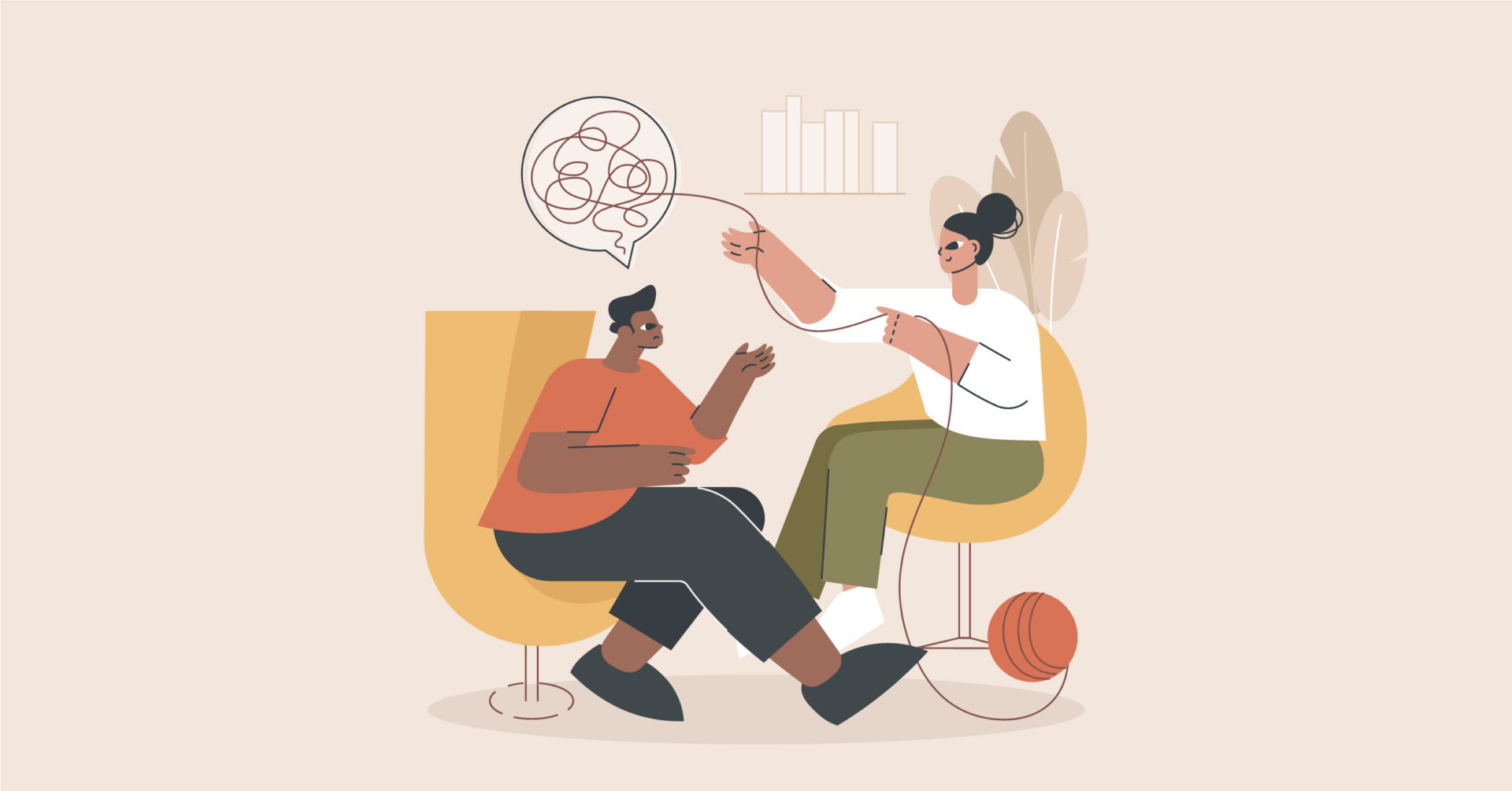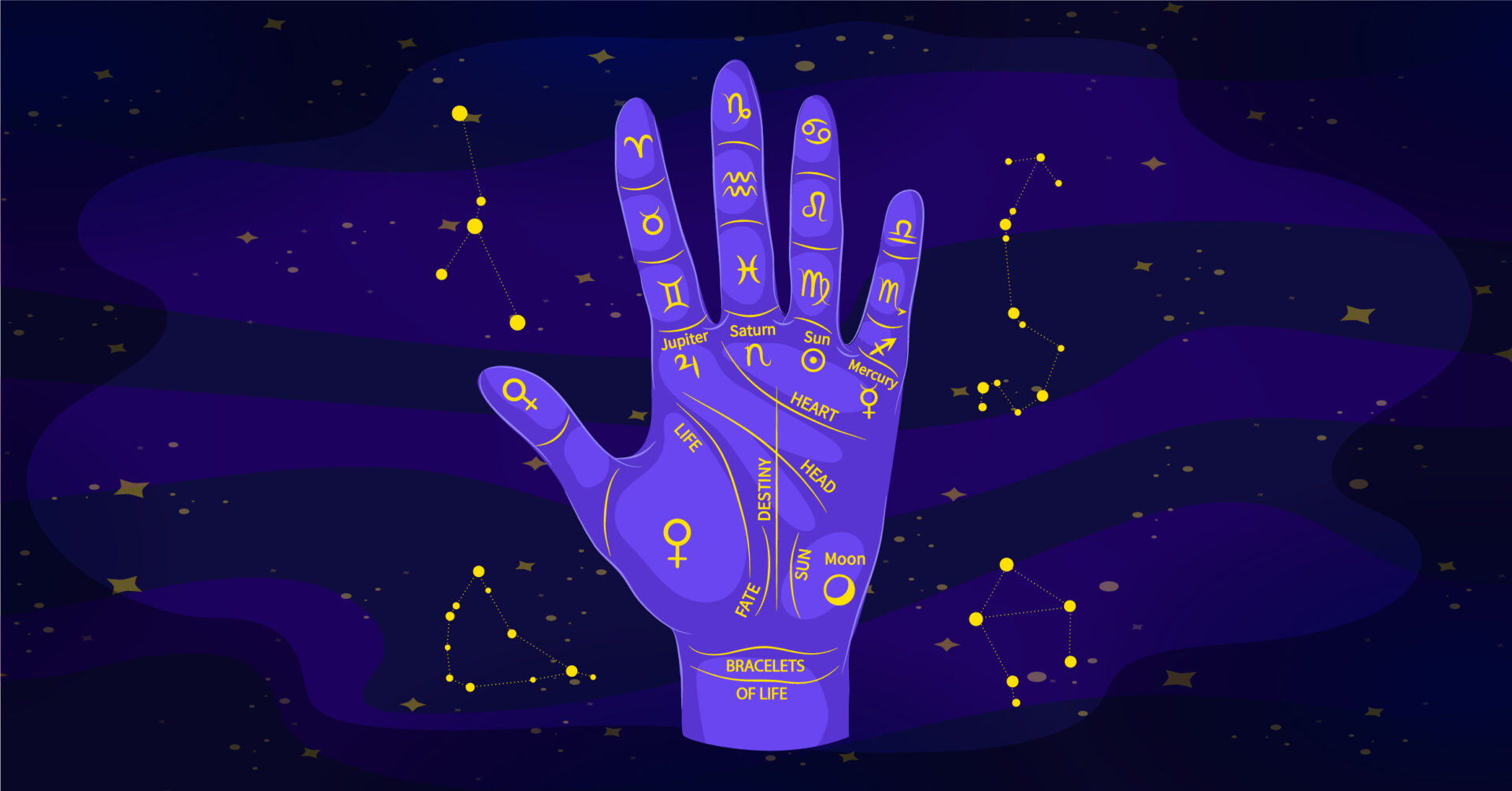What is Yoga?
Yoga involves an amalgamation of physical exercise, breathing exercise and mindfulness, focused on creating a balance between the body and the mind. Yoga brings together science and spirituality both, leading to several health benefits.
The origins of Yoga precede most religious and belief systems. Lord Shiva, regarded as ‘Adiyogi’ is said to have been the creator of the form, going on to pass this knowledge onto seven sages known as ‘Saptarishi’. These Saptarishi went on to promote and spread yoga all over the world, though it was in India that it developed to the largest extent.
It was Sage Patanjali who systemized Yoga, writing about its theory and practices in the ‘Yoga Sutra’. He defined eight components of yoga, known as the ‘Ashtanga’, namely:
1. Yama: Social Discipline – Ahimsa (non-violence), Satya (truthfulness), Asteya (non-stealing), Brahmacharya (sexual continence), Aparigraha (non-possessiveness)
2. Niyama: Self Discipline – Shoucha (cleanliness), Santosha (contentment), Tapa (austerity), Swadhyaya (self-study), Ishwara Pranidhana (surrender to God/Universal Power)
3. Asana: Posture
4. Pranayama: Breath Control
5. Pratyahara: Withdrawal of Sense Organs
6. Dharana: Concentration of Mind
7. Dhyana: Meditation
8. Samadhi: Total Absorption
While most people might have the misconception that the form is only concerned with yogic asanas (positions) and breathing, the true ethos of Yoga lies in the link between us as individuals and the cosmos, focusing on the journey towards our ‘true self’.
How does Yoga connect to Psychology?
The schools of yoga and mental health overlap on many fronts, including yet not limited to self-awareness and understanding the mind. Perhaps one of the biggest similarities in the fields is that they both speak about ‘Self-Actualization’, or development to the highest functioning level of oneself.
In recent years and across multiple studies, Yoga has proven to be an effective constituent of psychotherapy as well. According to a feature in an APA (American Association of Psychology) Newsletter, Yoga has evidently helped change people at every level, leading to many practicing psychotherapists incorporating yoga as a tool to alleviate stress and deal with emotional wounds.
Studies have suggested that the psychological benefits of yoga help with disorders such as anxiety disorders, depression and insomnia. Some researchers have also claimed that yoga has been effective in helping military veterans and active-duty members deal with post-traumatic stress in an effective way.
Anxiety
Anxiety disorders such as Panic Disorder, Social Anxiety, Phobias, or Generalized Anxiety Disorder are characterized by uncontrollable and irrational worry and stress, leading to physiological effects such as heightened heart rate and increased blood pressure.
According to an article in the Harvard Mental Health Letter, Yoga provides natural relief to anxiety by reducing the intensity of the stress response. Self-soothing techniques such as meditation and exercise can reduce perceived anxiety, thereby decreasing physical response to stress such as lowering pressure.
A study conducted in Japan to test the psychological benefits of yoga on mental health in young and senior citizens revealed that participants who engaged in 90-minute Yoga classes 1-2 times a week had a lower trait anxiety score than before they started Yoga classes.
Some Yoga positions said to help with anxiety are:
1. Vrikshana – Tree Pose: The Tree Pose involves concentrating on one point, which can help focus our thoughts and quiet racing thoughts of anxiety.
2. Trikonasana – Triangle Pose: The Triangle Pose eases tension in the neck and back and helps unlock muscles that may have been locked due to increased stress.
3. Matsyasana – Fish Pose: The Fish Pose relieves tightness in the chest and the back which can having a calming effect.
4. Balasana – Child’s Pose: The Child’s Pose helps to ease stress as well as fatigue, giving a soothing and calming session.
Depression
Depression is one of the most common psychological ailments. According to WHO, almost 300 million people worldwide face the burden of depression, with India being the most depressed country in the word; 43% of the Indian population suffers from depression.
Depression is the result of many factors, including unstable neurotransmitters and hormone levels, such as decreased GABA and serotonin and increased cortisol. Yoga has proven effective in increasing GABA levels as well as decreasing cortisol. The exercises involved in yoga can also have psychological benefits for those with depression. A study conducted in San Francisco concluded that an 8-week hatha yoga intervention resulted in significant reductions in depression severity in adults with mild to moderate major depression.
It may be unrealistic to expect those with severe depression to regularly practice yoga, but it can be introduced along with regular psychotherapy in order to promote a healthier lifestyle change.
Some Yoga positions said to help with depression are:
1. Halasana – Plough Pose: The Plough Pose helps calm the nervous system, and also stimulates the thyroid gland, helping improve mood and energy levels.
2. Shavasana – Corpse Pose: The Corpse Pose enables deep rest and releases stress.
3. Balasana –Child’s Pose: The Child’s Pose is deeply relaxing and alleviates stress and anxiety
Insomnia
Insomnia is a disorder that affects sleep. Those suffering from insomnia have difficulty falling and/or staying asleep. This could be due to a number of factors, such as trauma or stress, or chemical imbalances in the brain.
Yoga optimizes relaxation, and regular practice of yoga can positively impact sleeping patterns. Interventions of yoga have been reported to significantly improve sleep efficiency as well as latency among individuals.
Some yoga positions that can help with insomnia are:
1. Marjariasana – Cat Pose: The Cat Stretch improves digestion and blood circulation, helping to relax the mind and sleep well.
2. Balasana – Child’s Pose: The Child’s Pose helps calm the nervous system down and is deeply relaxing, and can lead to peaceful sleep.
3. Baddhakonasana – Butterfly Pose: The Butterfly Pose helps relieve fatigue from the legs.
4. Viparita Karani – Legs-Up-The-Wall Pose: This pose helps to increase blood supply to the brain, calming the mind, and can relieve mild headaches.
5. Shavasana – Corpse Pose: The Corpse Pose is one of the most relaxing positions, and allows us to achieve a state of calmness. It also helps us to reach parts of the body with tension in them with our mind and relieve that tension, which can help with sleep.
Yoga, being a form that connects the inner mind as well as the physical body, is closely intertwined with psychological principles. The relaxing nature of yoga helps alleviate one of the main causes of psychological ailments – stress. A combination of psychotherapy and yoga can show significant psychological benefits and physical improvements.
Read More:
How is sleep associated with mood?
Okay Google, Play Me a Song – The Effects of Music on Mood and Stress





